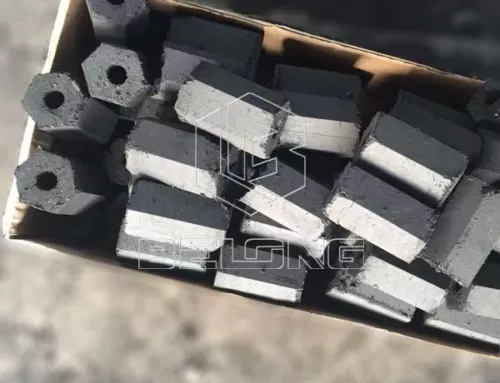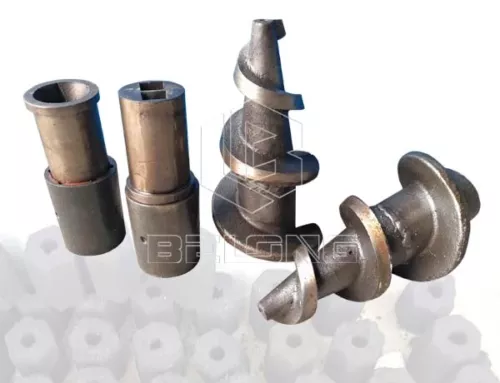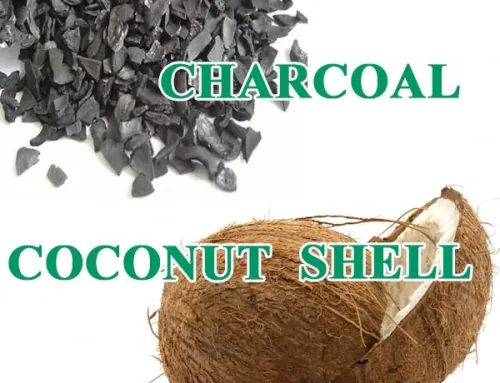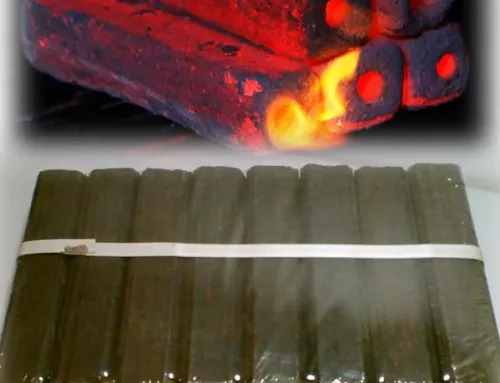Machine-made charcoal – as the name suggests, charcoal, that made by machines, also known as manufactured charcoal, regenerated charcoal, and smokeless clean charcoal, is a charcoal briquette shaped material made by squeezing and processing wood chips. Charcoal briquette has a wide range of raw materials, including rice husks, peanut shells, cotton husks, corn cobs, corn stalks, sorghum stalks, etc. They can be used as raw materials to produce charcoal briquettes, with sawdust, wood shavings, and bamboo shavings being the best choice. The charcoal briquette has high density, high heating value, is smokeless, odorless, pollution-free, non explosive, and flammable, and is internationally recognized as a green and environmentally friendly product.
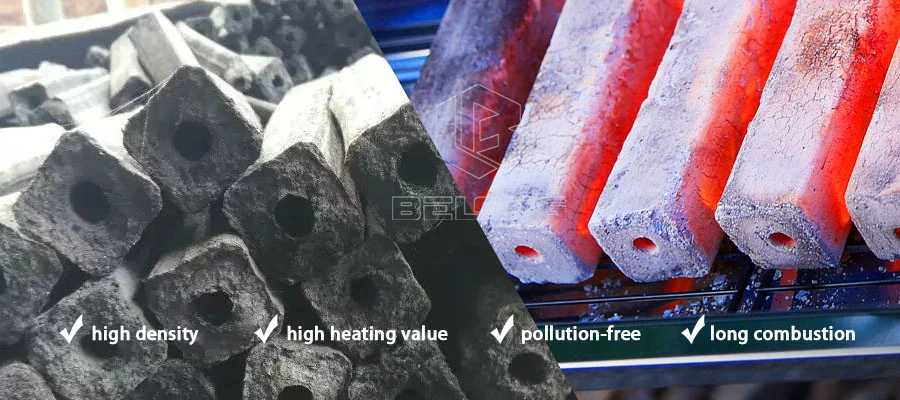
The production of machine-made charcoal can mainly use sawdust as the main raw material, including tree branches, rice husks, bamboo shavings, peanut husks, sunflower seed shells, furfural residue, wine residue, sugarcane bagasse, corn cob, coconut shells, coffee husks, coffee grounds and crop straw after crushing, but the ratio needs to be adjusted by trial and error.
The crushed raw materials are dried to appropriate humidity by a dryer (airflow dryer, rotary drum dryer), cooled, and then entered into a molding machine (briquettes making machine). After being formed into fuel rods (semi-finished products) at high temperature and high pressure, they are carbonized in a carbonization furnace (carbonization furnace has various forms, generally brick kiln) to form finished machine-made charcoal briquettes.
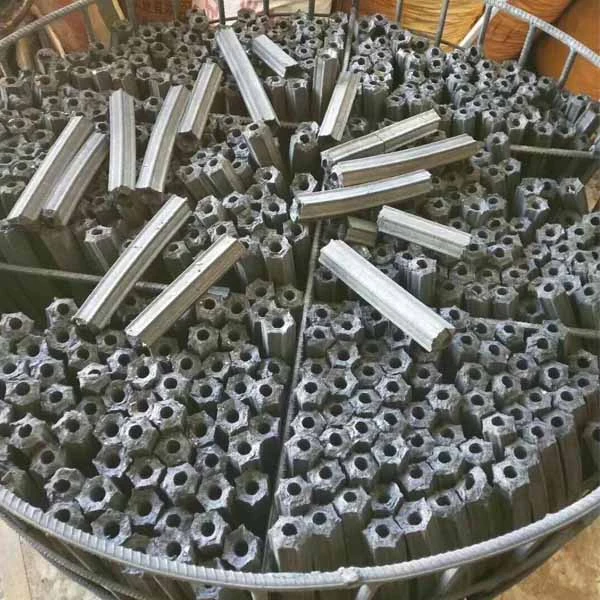
The Advantages of Machine-made Charcoal over Ordinary Charcoal:
- Environmental protection: do not cut down trees, and use bamboo and wood product waste as raw materials, and turn waste into treasure. The production of ordinary charcoal requires cutting down trees and damaging the ecological environment.
- High energy: the fixed carbon content of machine-made charcoal is about 80%, with a calorific value of 7500-8000 kcal/kg, while the fixed carbon content of ordinary charcoal is low, with a calorific value of about 6500 kcal/kg.
- Cleanliness and hygiene: smoke-free, no charcoal head, no sparks during combustion, residual ash naturally falls and does not float during combustion, with an ash content of about 3% or 6%. After combustion, there is less residual ash and it is flammable.
- Regular shape, reasonable structure, and easy to use:it has a uniform length and size, a hollow or solid structure, which is conducive to combustion and use.
- Low moisture content, within 5%: ordinary charcoal has a high moisture content.
- This product is free of chemicals, non-toxic, odorless, pollution-free, and has a long combustion time.

